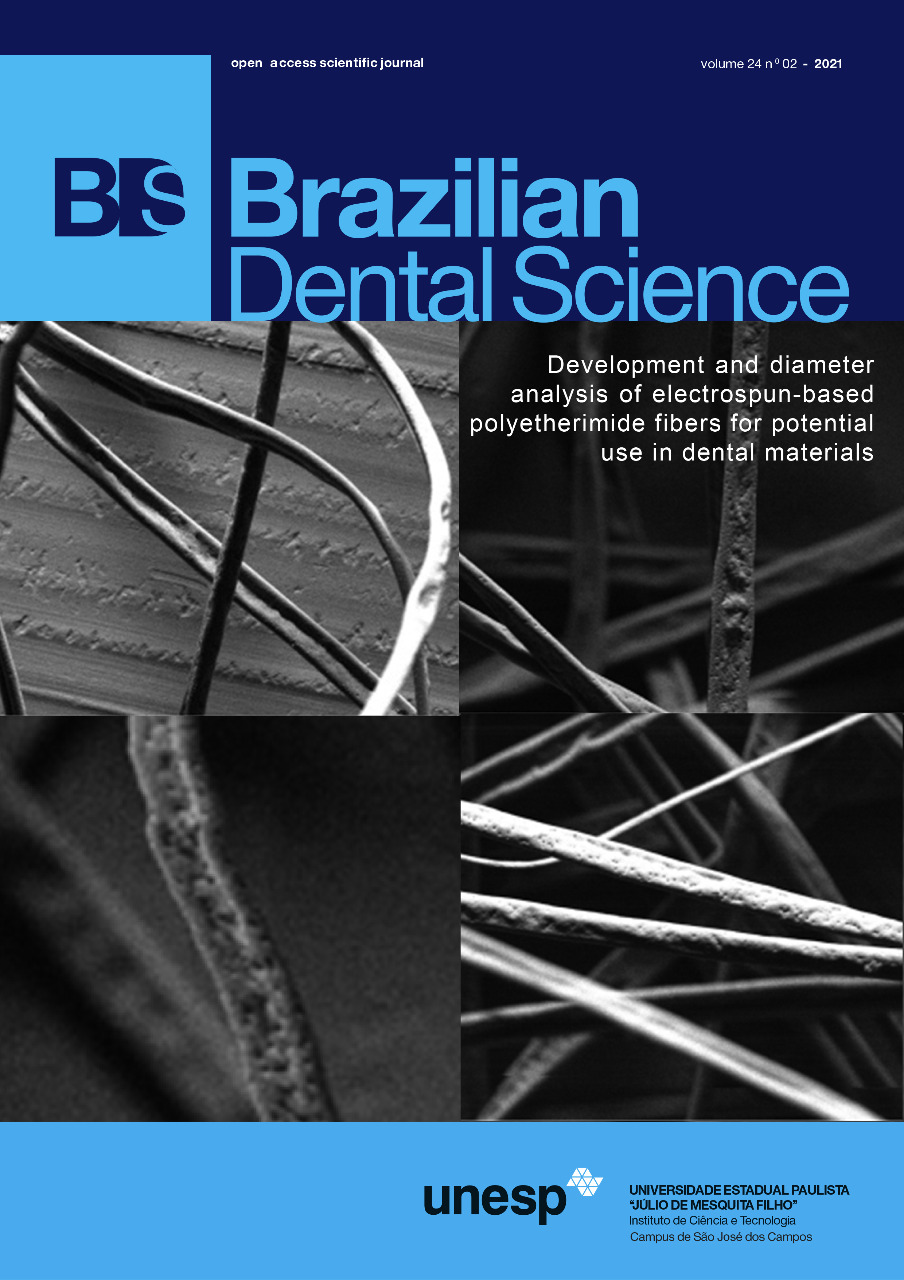Knowledge Level of Iranian Dental Practitioners Towards Digital Radiography And Cone-Beam Computed Tomography
DOI:
https://doi.org/10.14295/bds.2021.v24i2.2442Abstract
Objective: This study aimed to assess the knowledge level of Iranian dental practitioners about digital radiography(DR) andcone-beamcomputedtomography (CBCT). Material and Methods: In this crosssectional study, a researcher-designed questionnaire was administered among 180 general dentists and specialists. The questionnaire had three main domains of demographic information, fifteen questions about knowledge of DR (advantages, disadvantages, physical properties) and twenty six questions about knowledge of CBCT (indications, applications, advantages, route of knowledge acquisition). Data were analyzed using descriptive statistics, t-test and Pearson’s correlation coefficient. Results: Of 180 participants, 76 (42.2%) were females. The minimum, maximum and mean± standard deviation scores obtained in DR were 4, 14, and 9.031 ± 1.85 and in CBCT were 0,26 and 18.56 ± 4.81, respectively. In the CBCT domain, the participants had maximum knowledge about “low radiation dose” (72.8%) and minimum knowledge about the “role of CBCT in determination of bone density” (45%). In DR domain, the participants had maximum knowledge about “no need for radiographic films” (75.6%) and minimum knowledge about “not requiring manual processing” (15.6%). Overall, participants had higher level of knowledge about CBCT than DR. An inverse correlation was noted between age and work experience with the number of correct answers. However, no significant difference was noted in the knowledge level of males and females regarding CBCT or DR (p = 0.233 and p = 0.227, respectively). Conclusions: further education seem imperative for dentists in this respect for more efficient diagnosis and treatment planning, minimize patient radiation dose and save time and cost.
Keywords
Digital radiography; Cone-Beam computed tomography; Knowledge; Dentists.
Downloads
Downloads
Published
How to Cite
Issue
Section
License
Brazilian Dental Science uses the Creative Commons (CC-BY 4.0) license, thus preserving the integrity of articles in an open access environment. The journal allows the author to retain publishing rights without restrictions.
=================




























